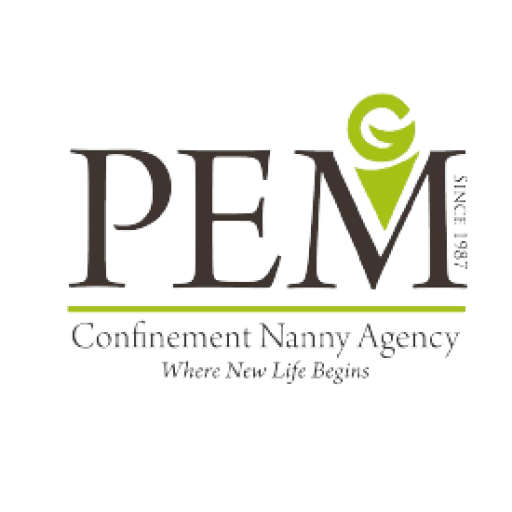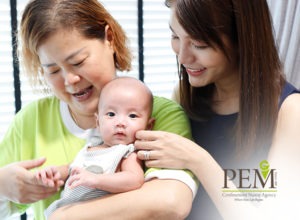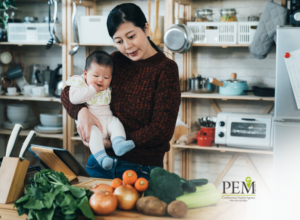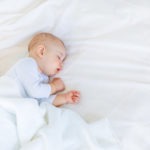[email protected] ♦ (+65) 6293 9249 ♦ Mon - Sun : 10:00AM - 7:00PM
How to Clean Newborn Feeding Essentials?

Has this ever happened to you – you finished feeding your newborn, and now, you’ve forgotten what the doctor said about washing the bottle and whether or not you can keep the unfinished milk for later?
All of us know that babies have weak immune systems. That’s where we should be extra careful because what can be perfectly fine or tolerable for our tummies might just get these smaller-sized humans into a lot of health issues.
In this article, we’ll be looking at feeding items, what they are, how often they should be cleaned, how to clean them, and how to store them away.
What are feeding items
In order to know what we have to wash, well, we have to know what we have to wash. By that, we literally mean you need to know every bit of ‘equipment’ that is required to feed your baby.
Here’s a nifty list of the most common bits and bobs that you’ll be using:
- Bottles
- Nipples
- Rings
- Caps
- Valves/membranes
- Medicine cup
- Spoon
- Syringe
How often should they be cleaned?
After each feeding, bottles should be cleaned. If your infant does not finish a bottle within two hours, discard the unfinished formula. If breast milk or formula is introduced to a partially used bottle, or if a used bottle is just rinsed rather than cleansed, germs can multiply very quickly.
If you are unable to clean them after each feeding, try at least sanitising the items daily, especially if your infant is less than 3 months old, was born prematurely, or has a weakened immune system due to sickness (such as HIV) or medical treatment (such as chemotherapy for cancer). If feeding items are cleaned thoroughly after each use, daily sanitising may not be necessary for older, healthier babies.
How should they be cleaned?
There are two methods – dishwasher and by hand. We will take a look at the various steps involved in both of them.
Dishwasher
- Disassemble. Separate all bottle components (for example, bottles, nipples, caps, rings, valves).
- Hold bottle components and any other feeding items under running water to rinse. The water might be either hot or chilly.
- Fill the dishwasher with bottle components and other feeding items. (Be sure to store small items in a closed-top basket or mesh laundry bag to avoid getting them caught in the dishwasher filter.) If feasible, use hot water and a heated drying cycle (or sanitising mode) in the dishwasher to kill more bacteria.
- Take everything out of the dishwasher. Before removing and storing cleaned things, remember to wash your hands with soap and water.
- If the items are not totally dry, place them on a clean, unused dish towel or paper towel to air-dry completely before storing them in a dust-free area. Do not rub or pat dry goods with a dish towel because doing so may spread germs to the products.
By hand
- Hands should be washed. For 20 seconds, thoroughly wash your hands with soap and water.
- Disassemble. Separate all bottle components (for example, bottles, nipples, caps, rings, valves).
- Hold bottle components and any other feeding items under running water to rinse. Never put them in the sink. The water might be either hot or chilly.
- Clean the items
- Put everything in a clean basin or container that is solely used to clean newborn feeding items. Washing straight in the sink may contain bacteria that could contaminate these objects.
- Fill the wash basin halfway with hot water and add the soap.
- Scrub items with a clean brush that has only been used to clean newborn feeding items.
- Squeeze water through the nipple holes to ensure that they are clean.
- Rinse once more. Rinse objects by holding them under running water or totally submerging them in fresh water in a separate basin that is specifically used for cleaning infant feeding items.
- Allow to dry naturally. Place the bottle parts, wash basin, and bottle brush on a clean, unused dish towel or paper towel in a dust-free location. Allow to air dry completely.
- Do not rub or pat dry goods with a dish towel because doing so may spread germs to the products.
- Clean the wash basin as well as the bottle brush. After each usage, thoroughly rinse the wash basin and brush and allow them to air dry. They should be washed every few days, either in a dishwasher with hot water and a heated drying cycle (if dishwasher-safe) or by hand with soap and warm water.
But what about the brushes and basins?
Brushes and basins can be cleaned in a dishwasher if they are dishwasher-safe or by hand with soap and hot water. They can be sanitised using one of the following methods: boiling, steaming, or soaking in a bleach solution if the manufacturer recommends it. If you’re going to steam something, make sure the whole thing fits in the steamer.
How about the formula containers and formula scoops?
There have been no reports of babies becoming ill as a result of contamination on the outside of a baby formula container. Furthermore, if powdered infant formula is kept dry, it is less likely to become contaminated. To avoid contaminating powdered formula within infant formula containers, avoid using liquid cleansers on the containers.
Before opening the formula container for the first time, use a disinfectant wipe or a paper towel doused with disinfectant to clean the outside of the container and lid. Do not immerse the container or immerse it in rushing water. Before opening the container, make sure the surfaces are totally dry. The inside of the infant formula container should not be cleaned.
As for the scoops, it should be noted that powdered formula is less likely to become contaminated when it remains dry. To keep liquids away from the powdered formula, do not clean the scoop unless it becomes dirty. If the scoop has been dropped on the floor or is otherwise contaminated, clean it as thoroughly as you would your baby’s bottles and allow it to air-dry completely before inserting it in the formula container.
How to store them away?
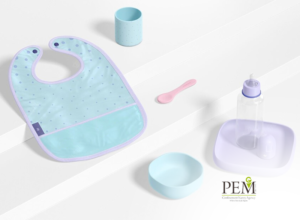
Allow clean feeding utensils, bottle brushes, and wash basins to air-dry completely before storing to help prevent the growth of germs and mildew. Once the objects are absolutely dry, reassemble them and store them in a clean, well-protected spot to avoid contamination.
While learning about cleaning newborn feed items, it’s also crucial for parents to learn and know how to feed their babies properly, in a timely manner, and without inducing discomfort. Here’s how.
Knowing When to Feed and When to Stop
A newborn baby typically needs feeding every two to three hours, one to two ounces each time. However, every baby is different, and the amount of feeding and duration between feedings can be very different from one baby to the next. To know if your baby is being well-fed, diaper content is a good indicator.
Aside from that, look out for signs of hunger and readiness to feed. For example, your baby may make sucking noises, turn his head toward your breast or bottle, move his hands to his mouth, or suck on his fingers. Other cues that are more obvious are fussing or crying, which usually comes after those initial signs and it may take longer to cajole your baby.
As for knowing when your baby has been sufficiently fed, look out for these signs – he turns his head away from your breast or bottle, or stops suckling. However, this might not necessarily mean that feeding time is over. It could just be your baby taking a break. So, before stopping entirely, wait for a minute or two, or try burping him, before trying to feed once more and seeing if he latches back on.
How and What to Prepare
- Always wash your hands before handling or touching your baby and anything that he will come in contact with, e.g.: breast pump, handkerchief, and bottle.
- Clean and sanitise bottles and the area of feeding.
- If you are feeding with expressed breast milk or formula, it is not necessary, but some people prefer to warm up the bottle before feeding, which is not a problem. You may do this by running the bottle under warm water and making sure to not get water into the bottle or on the bottle nipple. Do not microwave the bottle and microwaves heat up unevenly and this may burn your baby’s throat and mouth.
- Prepare a spot where you can hold your baby comfortably whilst feeding.
How to Hold a Baby During a Feed
There are many positions to be in when you nurse. However, there are some general rules that apply to both breastfeeding and bottle feeding together and separately.
Breastfeeding
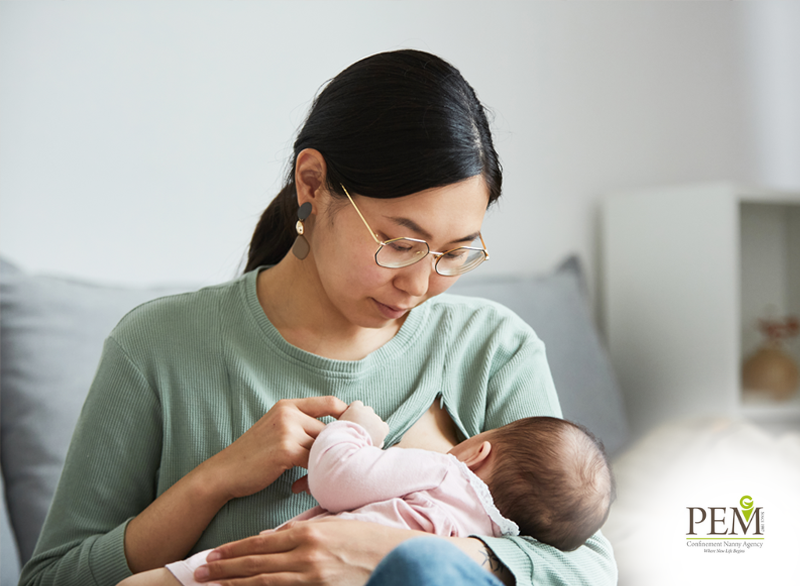
- During each feed, you should be tummy-to-tummy with your baby.
- Support your baby’s neck with your palm if you are sitting, or let your baby lie on your tummy if you’re lying down. If you’re just had a C-section, then you may place your baby on your lap.
- Make sure your baby’s ear, shoulder, and hip are in a straight line.
- Place a baby blanket behind your baby as support if you’re lying on your side.
- Ensure your baby’s nose is level with your nipple and gently guide him to it.
Bottle Feeding
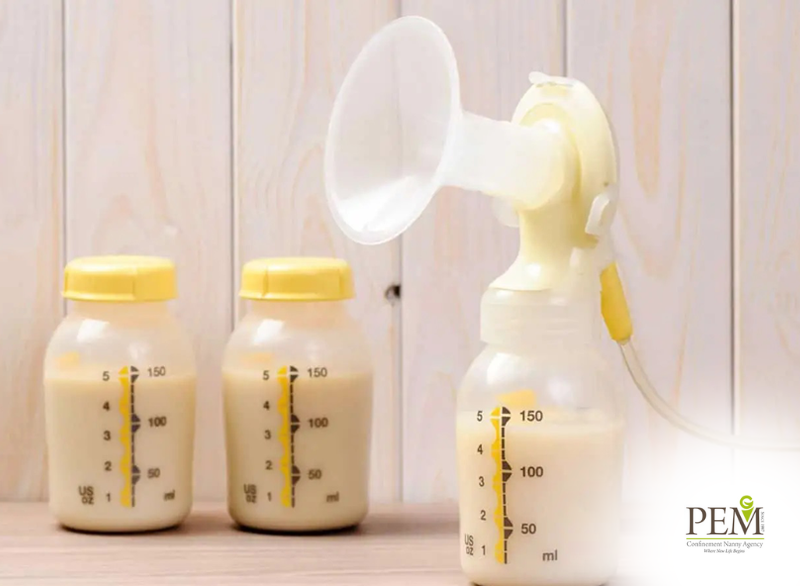
- Cradle your baby so his head rests at the crook of your arm and hold him at a slight incline, close to your chest.
- Hold your baby in an upright position rather than lying down.
- Tilt the bottle so that the milk completely fills the bottle nipple before bringing it to your baby’s mouth.
What to do After a Feed
- Burp your baby. When a baby feeds, he may have swallowed some air along with the milk, and this can cause pain and discomfort, which in turn can lead to fussiness. By burping your baby, you can prevent this and provide some air relief.
- Clean and sanitise all the tools used. Not only should they be cleaned before usage, but also after. This is to prevent germs from contaminating the milk.
Closing words
There you have it, and you are now armed and ready to start cleaning your newborn’s feeding essentials and how to feed your baby. This can be a wholesome bonding process between mother and child. If you still are unsure you can pull it off, don’t hesitate to look for assistance from professionals. PEM confinement nannies are well-trained and experienced in newborn care and confinement care. Depending on your needs, you can hire a full-time stay-in nanny or a part time confinement nanny.
If you’ve already heard of PEM, read the confinement nanny review testimonials that highlight our extensive years of experience, and would like to enquire about the confinement lady Singapore price range, feel free to contact us to learn more.
